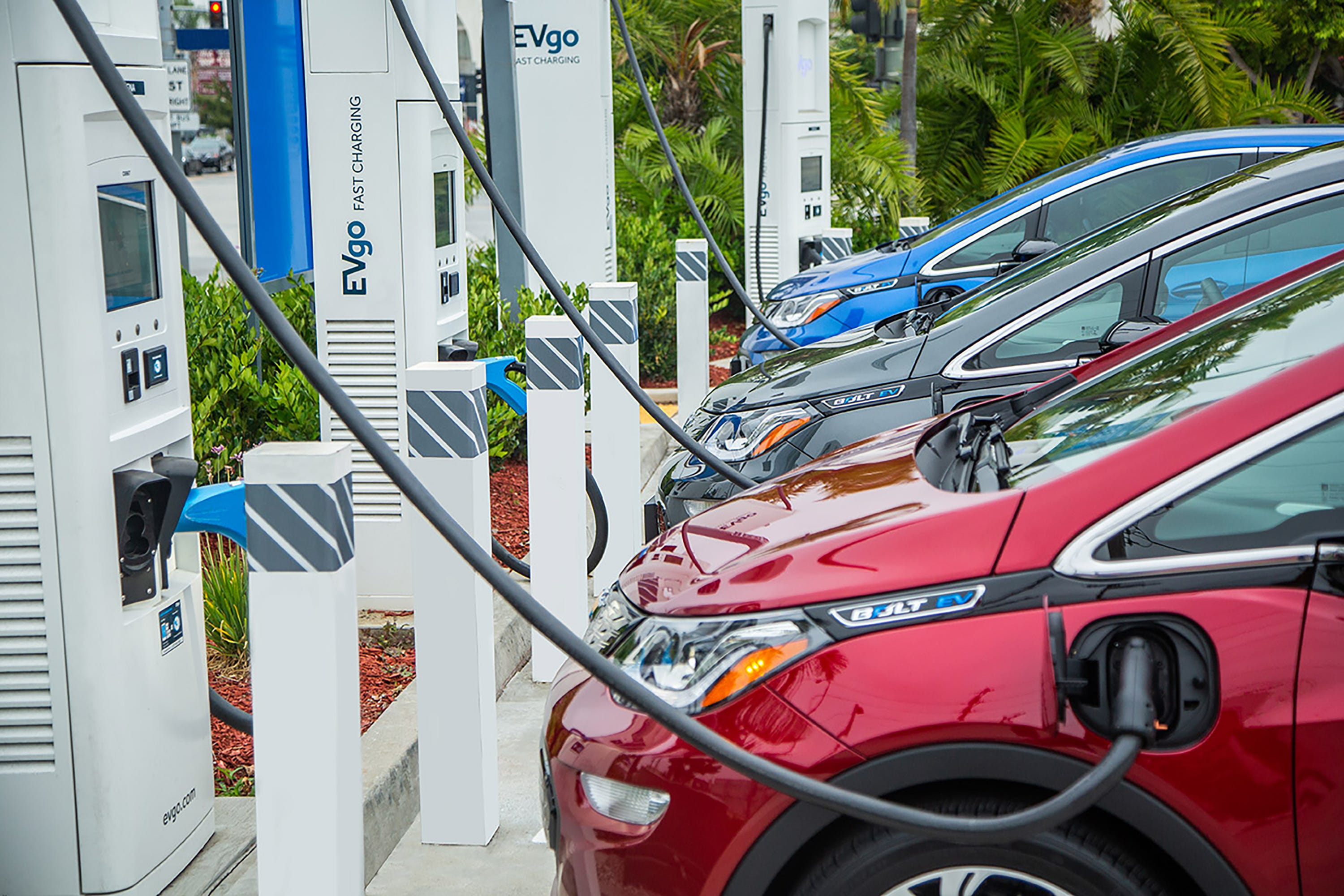The hospitality sector was devastated in 2020, but vaccinations, industrywide efforts, and returning demand are reasons for hope.
Perspective isn’t the easiest thing to maintain when facing unprecedented challenges — and the COVID-19 pandemic provided plenty of those for commercial real estate markets in the year-plus since the resulting shutdown affected nearly every facet of daily life in the U.S.
But with a year in the rearview mirror, hotel property owners, operators, investors, and guests alike have gained enough perspective to know there is light at the end of the tunnel. Plenty of variables will dictate just how far the sector has to go to reach it — but it’s a comforting thought for an industry that’s been to hell and is on its way back in 2021.
“Hope is going to be driven by the widespread dispersion of a vaccine,” says Geraldine Guichardo, global head of research for JLL’s Hotels & Hospitality Group and head of Americas Hotels Research. “Once people feel more comfortable traveling and do not fear the risk of becoming contagious, there is real pent-up demand to travel again.” Cllick to read more at www.ccim.com.









